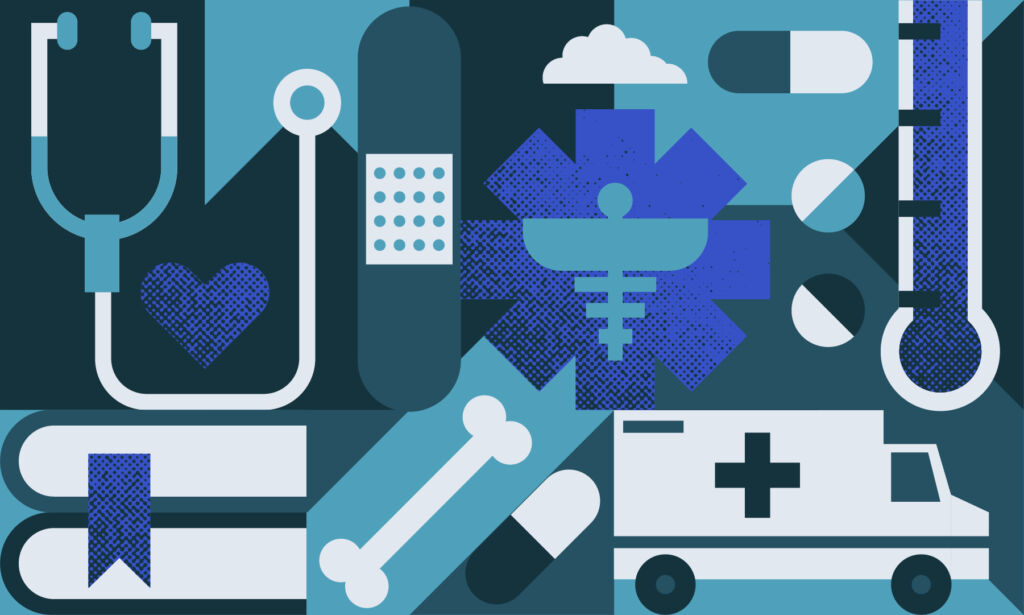Drug safety is prominently in the headlines during the pandemic, especially with far-right groups espousing conspiracy theories such as vaccines containing microchips to monitor us and altering our DNA. With misinformation about the safety of vaccines and drugs swirling around us, it’s vital that Canadians have an easily accessible and authoritative place to get an accurate picture. One of those sources should be Health Canada but the organization’s priority does not seem to be drug safety.
Did you just get a prescription from your doctor and want to check if Health Canada has issued safety alerts or warnings about the drug? Want to see if similar drugs have been pulled from the market because they ultimately were shown not to work or were too unsafe? Good luck.
Up until sometime in the past six months, all that Canadians had to do was go to the Recalls and Safety Alerts database that Health Canada maintains. It would take a bit of work looking through all the information, but safety notices going back to 2000 were all listed in one place. Health Canada says its database “provides easy access to a comprehensive list of recalls, advisories, and safety alerts.” But now, if you go to the same site, what Canadians see are alerts and recalls from Health Canada, the Canadian Food Inspection Agency, and Transport Canada all mixed together — with no easy way of looking for just drugs or vaccines. What’s even more troubling is these warnings only go back eight weeks. Anything older than that is still available, but accessing that material is far from intuitive.
Between three to four times more people and money go into approving new drugs compared to monitoring the safety of drugs already on the market.
Being able to access older information is vital to understanding how well Health Canada’s drug safety system is working. Up until relatively recently, over 4% of drugs approved in a five-year period will ultimately be shown to be so unsafe that they are taken off pharmacy shelves. In recent years, that’s dropped to about 1%. (Health Canada does not keep a consolidated list of drugs withdrawn for safety problems). This change may mean Health Canada is doing a more careful job of approving new drugs or it may mean the department isn’t monitoring drug safety as well as it did in the past. But without easy access to safety information that’s older than eight weeks, Canadians can’t even begin to ask these questions because we don’t have the data to know what’s happening.
Health Canada has a priority drug review pathway for drugs that are supposed to offer significant new therapeutic advantages. New drug submissions are evaluated in 180 days instead of the standard 300 days. However, one-third of drugs approved this way eventually have serious safety warnings, compared to only 20% for ones approved in 300 days. Similarly, drugs approved without complete clinical studies through Health Canada’s “Notice of Compliance with conditions” process also are more likely to have safety problems. It takes about three years before new safety problems show up once drugs are on the Canadian market. Canadians only know about these safety issues because we have access to data going back over 20 years, but now it’s much harder to find.
Health Canada’s seemingly cavalier approach to providing drug safety information is a reflection of how it treats drug safety in general. Between three to four times more people and money go into approving new drugs compared to monitoring the safety of drugs already on the market. The Marketed Health Products Directorate at Health Canada is in charge of monitoring the safety of drugs being sold. However, it does not have final regulatory authority over the drug. That’s the prerogative of the branch of Health Canada that initially approved the drug. In other words, if the drug needs to be withdrawn from sale, regulators would have to admit that they made a mistake, sometimes a hard thing to do.
Roadblocks to accessing information and the perception of a lack of transparency has even more dangerous consequences in the current climate of misinformation and with anti-science narratives swirling.
Since 2009, when most new drugs are approved, Health Canada requires the manufacturer to submit what’s known as a Risk Management Plan (RMP). The reason for a RMP, as articulated by Health Canada, is because “knowledge related to the safety profile of the drug can change over time through expanded use in terms of patient characteristics and the number of patients exposed.” RMPs can identify safety issues early in a product’s lifecycle before too many people are harmed. For example, if the drug is going to be heavily used in an elderly population and there are gaps in the safety knowledge in that group, the company could propose conducting additional trials. RMPs can be important in an overall safety strategy. You would think that, at a minimum, doctors and patients should know what’s in the RMP, but that information and the results of any commitments companies make as part of the RMP are not public knowledge.
Finally, when a serious safety issue is identified with a drug, the typical approach is for Health Canada to meet with the company to discuss what should be done. In fact, according to a 2008 guidance document from Health Canada, manufacturers are responsible for issuing four of the 13 different types of risk communication documents. However, companies are reluctant to admit that there might be problems with their drugs. What goes on in these meetings? Does the manufacturer’s point of view influence how Health Canada deals with the safety problem? Again, this information is not released.
Without the investment in people and resources, and without the provision of adequate information, the true picture about the safety of the drugs that doctors prescribe and people take is not going to be known. And roadblocks to accessing information and the perception of a lack of transparency has even more dangerous consequences in the current climate of misinformation and with anti-science narratives swirling.







